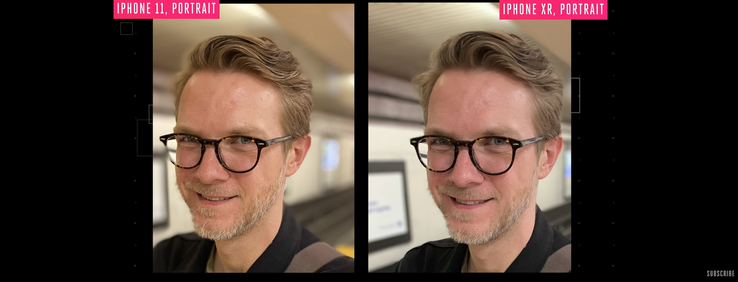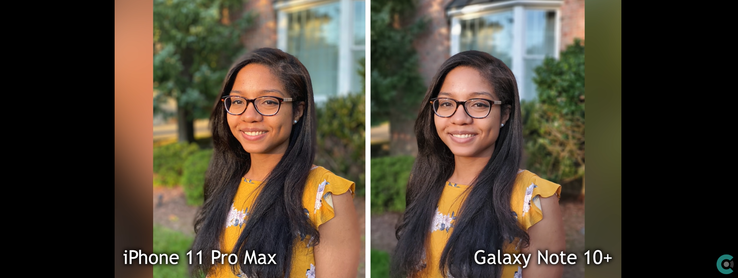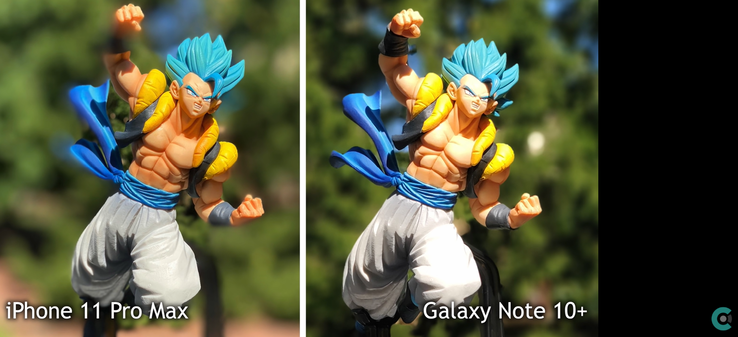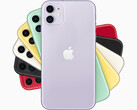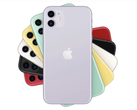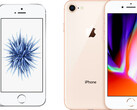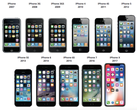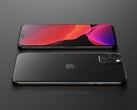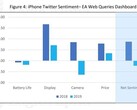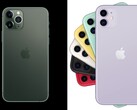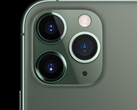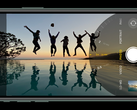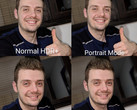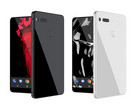Apple leads and the rest of the pack follows. But what happens when the rest of the pack catches up to—and overtakes—the leader of the pack?
Apple debuted a new feature back in 2016. Portrait mode. It was specific to the iPhone 7 Plus at the time as it required two lenses to capture the image itself and the depth data required for the blurring effect. While Apple wasn’t the first to come up with a dual-camera system, it was the first company to use a dual system for that purpose. We’ll give them that. The problem is, three years later, tables have turned.
While the iPhone 7 Plus’s portraits weren’t outstanding, especially by today’s standards, they were mostly better than other alternatives. It wasn’t until the Galaxy Note 8, Pixel 2, and Mate 10 Pro that the Android world could boast of having devices capable of delivering excellent portrait shots. But things have changed, and Apple faces an uphill battle in the race towards the peak of bokeh photography.
The company launched a new set of devices recently, and improved photography was one of the marketing focuses. Rightfully so, we must add. The iPhone 11 and iPhone 11 Pro are upgrades over the iPhone XR and iPhone XS in the camera department. Video recording is better, daytime shots are improved, and the new Night Mode goes to toe-to-toe with pretty much anything out there. Portrait shots, though? Still a tad messy.
iPhone portrait shots have suffered from terrible edge detection for years now. It was an issue present with the iPhone X, last year’s iPhone XR, and the iPhone 11 trio this year. We’re not sure why. It’s not limited to selfie portraits either, as portrait shots taken with the dual camera setups also suffer from the same issue. It's a bit sad to realize that a two-year-old Pixel 2 with just one sensor still manages to take better portrait shots than the new iPhones.
For the most part, this appears to occur with hair. iPhones have consistently found it hard to properly detect edges in portrait shots with subjects rocking full heads of hair. Previous generations also had an issue with focusing in scenes with multiple potential subjects, but we’re not sure if that has carried over to the new devices.
We’re inclined to label this an issue with Apple’s portrait image algorithm, as other devices from the competition don’t suffer from the same challenge. It will likely not be a notable problem for most but, much like the imagery of hair being unduly blurred out in an iPhone portrait, this is something of a blemish when considering the overall photographic prowess of the devices.
Source(s)
Tip: Kolexis!





